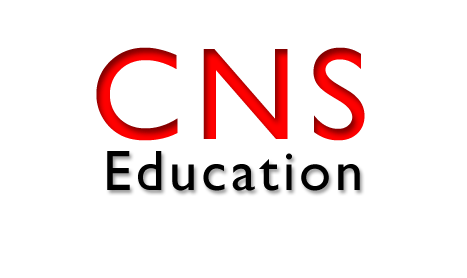SILVER SPRING — Classroom F209 at Springbrook High School in Silver Spring came alive as teams of girls tried to create the tallest structure possible using only uncooked spaghetti, masking tape and a marshmallow.
As they worked during a recent school day, the young women jumped from discussing engineering strategy to weekend plans at the mall.
The students are part of SWIT, Springbrook Women in Technology, a club that meets during lunch to foster friendships and help prepare young women for careers in technology.
“The reason we started this club was to encourage the women in the school to stay in the technology field,” said Diana Yavetz, a teacher’s assistant who helps with the club. “Most students come in the ninth grade and take some sort of computer science as an elective — we have a lot of women, but the question is, how do we keep them moving forward?”
The club and similar ones at other Maryland schools are part of a nationwide effort to convince more young women to pursue STEM fields–science, technology, engineering and math. These areas have been traditionally dominated by men and recent studies suggest that isn’t changing quickly.
Less than a quarter of STEM jobs are held by women, and there’s been no growth since 2000, according to the Commerce Department. In college, the differences are glaring: only 18 percent of computer science or informations systems degrees are awarded to women. In high school, only 19 percent of AP Computer Science test-takers are women.
“What we noticed is that a lot of the girls did not feel comfortable signing up for the upper-level classes because there were so few women involved. We felt that the women had to establish relationships…to make them feel excited about continuing,” Yavetz said.
SWIT club president Dominique Oliver knows the benefit of these clubs firsthand. The student first heard of the club on the morning announcements and decided to join.
“I thought it was cool since I’d been programming since sixth grade. I know how important it is, especially as a woman in the technology field, since there’s not a lot of them,” she said.
The group doesn’t do what faculty sponsor Pat Yongpradit calls “hardcore programming.” Instead, they socialize while they work.
“If you go into any advanced computer science class, it’s not just boys, but it’s even a specific type of boy,” Yongpradit said.
Yongpradit expects more women will sign up for higher level courses as they make more room in their schedules.
At Parkland Magnet Middle School in Rockville, girls are also in demand.
Parkland focuses on aerospace technology. A colorful mural decorates their walls, with Amelia Earhart featured prominently.
Even though Parkland is a magnet school, meaning they offer accelerated and specialty courses, there is no formal application process–interested students only express interest in attending.
From there, a separate office selects the candidates that are best fit for the school. Prominent factors include gender and socioeconomic status–whether or not they are FARMS participants, or students eligible for free and reduced meals. Those who are have higher chances of making into Parkland.
“We’re really not supposed to take away kids, if by taking them away we raise the FARMS rate at [their assigned] school. Because of that, if they’re not FARMS kids, we hurt the [assigned middle school] economically,” Parkland Principal Benjamin OuYang said.
OuYang credits the curriculum and female role models with attracting girls to the school.
Parkland’s student body is 45 percent female. Over 50 percent of students receive free or reduced meals.
“A lot of our science teachers are females…we have a department of 13 and five are male, but I wonder if students really see their female teachers as scientists or just teachers,” said Donna Blaney, the school’s magnet coordinator.
A recent report by the Commerce Department indicated that a possible reason for the lack of women in STEM fields is that there aren’t enough women role models. By encouraging women early, it’s possible that they’re more likely to make a career out of it.
At Argyle Magnet Middle School in Silver Spring, a similar effort is in place: GRRL Tech, short for Girls Really Really Love Technology. The after-school program is lead by teacher Jenna Kern and is funded by Passion for Learning, an organization that works to increase technology opportunities for women, especially women of color. More than 40 percent of Argyle students are black.
The issue there is not so much about enrollment, as middle school curriculums are largely uniform, but about ability. “I had a lot of really bright girls last year…they were able to go a bit more in-depth into the projects. But overall I think I had more advanced boys,” Kern said.
GRRL Tech students learn Adobe Photoshop, iMovie and GarageBand. There’s no cost to participate. Argyle is also one of five middle schools participating in Excel Beyond the Bell, which means students enrolled in afterschool programs are eligible for a free supper, making this opportunity available for all.
Though it’s only two years old, Kern has already noticed growth. “There’s more students this year, definitely,” she said.

